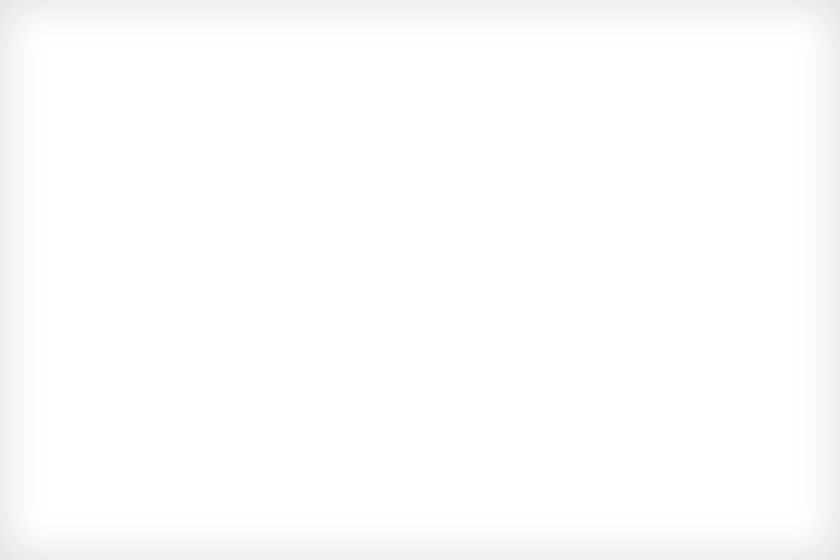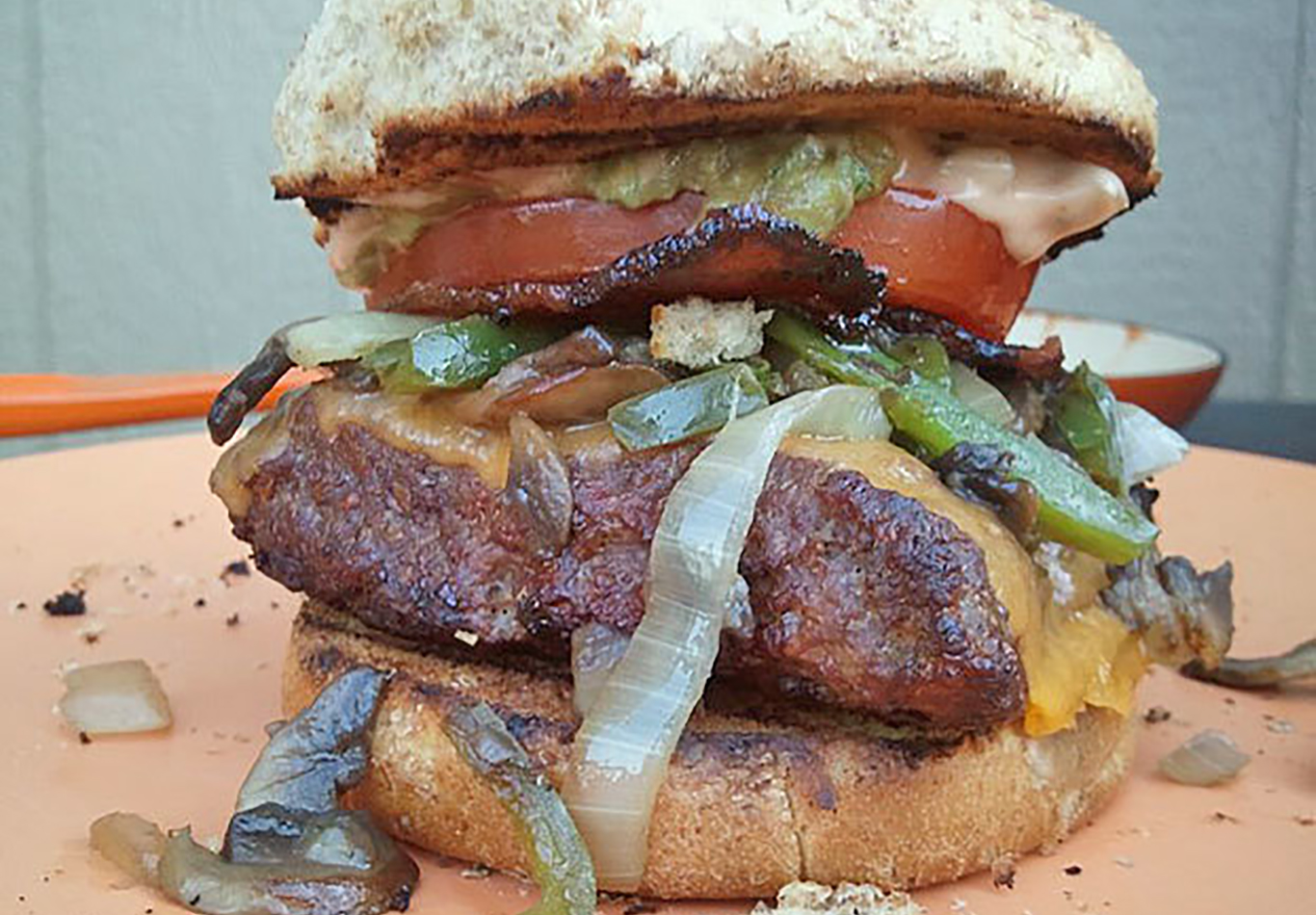
Like this Venison Processing Chart? Download a large, printable version (for personal use) here: JPG version | PDF version (North American Whitetail / Outdoor Sportsman Group Illustration)
Print Recipe
There’s more to venison than just backstrap, tenderloin and hamburger. Venison is versatile, but it would be a mistake to expect the same results from every part of a deer. Each cut is special in its own right. The cooking suggestions below will help you get the most out of your deer.
Table of Contents
Venison Neck
Venison neck is laced with silver skin and oftentimes fat. It’s one of my favorite cuts for slow cooking. All that collagen breaks down with slow, low heat, and takes on an amazing texture that rivals that of pork shoulder.
However, because of its odd shape, I like to use the neck for dishes that call for shredded meat, dishes such as tamales, tacos, burritos, enchiladas, stew, soup and sandwiches. Or try the pulled meat on top of pizza, in pasta sauces or in hand pies. You can also cut off the entire neck, bone-in, and braise it to make pot roast over mashed potatoes.
The most ideal cut of meat for slow cooking requires connective tissue – venison neck provides that.
Recipes for Venison Neck:
- Cajun Smoked Venison Neck
- Japanese-Style Venison and Pork Belly

Venison Ribs
Depending on the size of the deer, you may not get more than a few scraps of meat here. We cut off strips between the rib bones and save it for grinding or filler meat for stew and chili.
If you shoot a larger deer, the ribs could be worth sawing off and braising. Do not cook venison ribs like you would pork or beef ribs; they will dry out quickly. Slow cook the ribs first until tender – covered and fully submerged in liquid – and then finish on the smoker or grill for color and flavor.
During the winter, our Nebraska deer can get quite fat. This fat may or may not taste good, and will determine whether you choose to keep the rib meat. If it tastes okay, a little fat is fine, but when there’s a lot of it, keep in mind that deer fat can have a waxy texture that is not so pleasant on the tongue.
Recipes for Venison Ribs:
- Amazing Venison Ribs
- Wild Game Stock (or Broth)
Venison Shoulder/Chuck
The shoulder is full of great meat for stew, soup, braising and grinding for burgers, chili and sausage. Aside from the “mock” tenders, most of the muscles on this part of a typical white-tailed deer are too small for decent steaks.
Leave the silver skin on for slow cooking – it will turn into gelatin and provide a juicy texture to the meat. If grinding, try to remove as much silver skin as possible. Too much silver skin in a grind will prevent proper binding in your burgers.
Larger muscles can also be shaved thinly for stir fry, fajitas and cheesesteak sandwiches. Also, you can slice the meat thinly to make jerky. Remember to remove as much silver skin as possible for these treatments.
Recipes for Venison Shoulder/Chuck:
- Venison Stew
- Venison Pot Pie
- Ultimate Square Venison Burger

Venison Loin/Backstrap
The coveted venison backstrap needs no introduction. The only rule for this cut is to not overcook it. Medium-rare is best: between 130- and 135-degrees Fahrenheit.
To cook the loin for stunning medallions, remove as much silver skin as possible. Tuck in the tapered ends – if any – and tie the entire piece with kitchen twine, which helps the loin cook evenly and keep its round shape. Allow the meat to rest before slicing to allow the juices to redistribute.
For a more impressive presentation, keep the meat attached to the ribs and saw off for racks of venison chops. For a simpler preparation, butterflied steaks are my go-to. The backstrap can also be sliced, seasoned and marinated to make the most tender kebabs on the grill.
I also enjoy making venison steak tartare with the loin, which is a raw dish.
Recipes for Venison Loin/Backstrap:
- Roasted Venison Loin with Scotch Whisky Sauce
- Bourbon BBQ Venison Backstrap
- Venison Steak Diane

Venison Tenderloin
The tenderloin is the first cut that is usually taken off a deer. This cut is so tender that it should be treated simply – salt and pepper is all it needs, with a quick hot sear with butter on the grill or in a pan.
Do not keep the tenderloins on the deer while hanging and aging. They will dry out quickly.
Recipes for Venison Tenderloin:
- Smoked Venison Tenderloin
- Venison Tenderloin Oscar
- Venison Tenderloin Mini Wellingtons

Venison Rump
The rump offers a small piece of muscle, best for pot roast and stew meat. It can also be ground for burger, chili and sausage. The size and quality of the cut will also depend on how careful you were when cutting the hindquarters from the deer.
Recipes for Venison Rump:
- Venison Fennelise Italian Sausage
- Easy Venison Taco Dip
- Grilled Venison Quesadilla Burger with Guacamole

Venison Hindquarter/Round
The hindquarter is my favorite part of the deer. It’s large and variable, with cuts that are suitable for steak, jerky, braising, stew, kebabs and grinding. The major muscles in the hindquarter are the top round, bottom round, eye of round and sirloin.
The top and bottom rounds are large pieces of whole muscle, great for steaks in young deer or aged deer. The bottom round is usually more tender, especially in the tri-tip area toward the bottom of the muscle. If you find these cuts a bit tough, marinate them first. The rounds also make delicious kebabs and stir fry when sliced thinly. When I’m out of loin, I use the rounds to make steak tartare.
The eye of round looks a lot like a piece of tenderloin. On young deer, this can be a very tender cut. For older deer, marinate it or use it for jerky or for stir fry and fajitas.
The sirloin is a large knuckle of muscles, with a little bit of silver skin throughout. On young deer or aged deer, the sirloin may be sliced for steaks – eat around the silver skin. For not-so-tender deer, this cut is suitable for braising whole, making jerky, as stew meat or ground meat.
Recipes for Venison Hindquarter/Round:
- Southern-Style Honey Barbecue Venison Jerky
- Pineapple and Jalapeño Venison Jerky
- Venison Kabobs
- Grilled Korean Bulgogi Venison Kebabs

Shanks
These long bones look like clubs of meat and are full of silver skin and ligaments near the joints. They’re a massive pain to debone and clean – the muscles are tiny, cradled by an extensive network of connective tissue.
While shanks are not suitable in some treatments, they are absolutely amazing in the slow cooker. Remember the collagen discussed in the neck section? The shanks have even more of it, and when braised, they turn into gelatin, making it the most unctuous cut of meat that exists on a deer. This is where venison osso buco comes from. Savor all four of them.
Recipes for Venison Shanks:
- Venison Osso Buco
- Braised Venison Shanks

Flank
The flanks are thin pieces of meat that stretch between the ribs and hindquarters on both sides of a deer. You can add them to the grind pile or slice for jerky.
Recipes for Venison Flank:
- Venison Carne Asada Marinade
- Homemade Ground Venison Jerky
Click here for more venison recipes








































